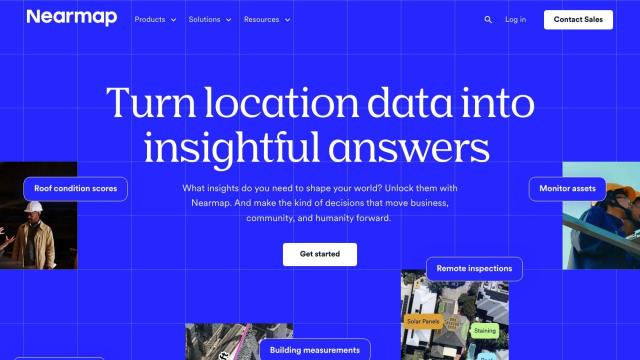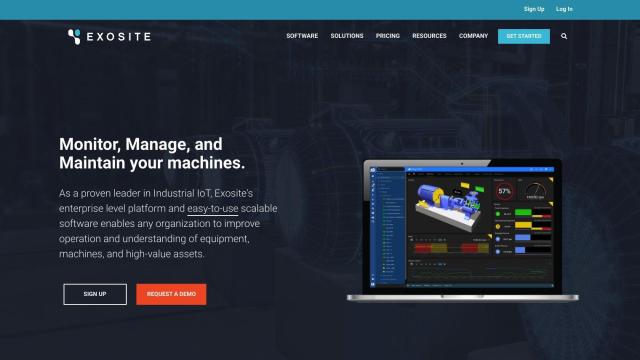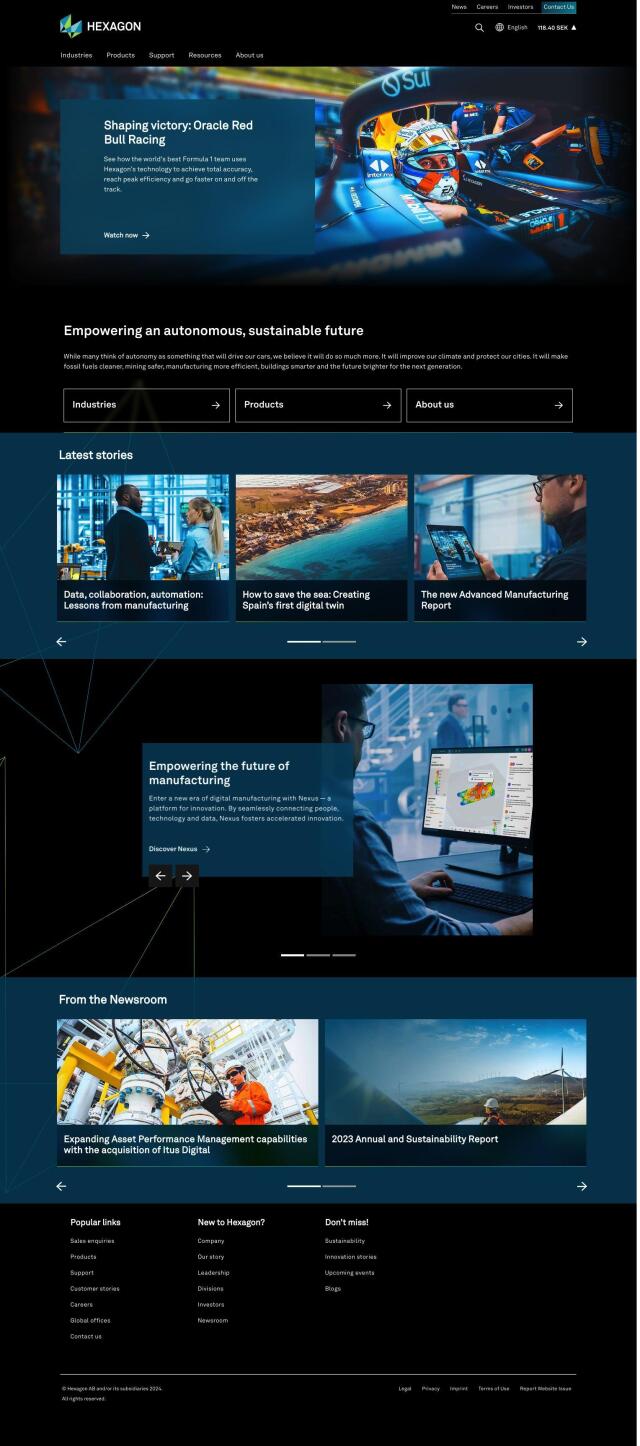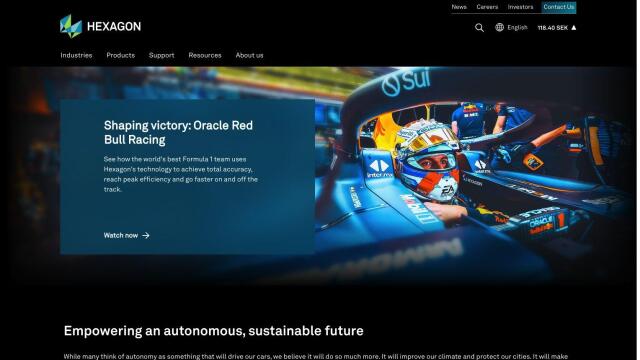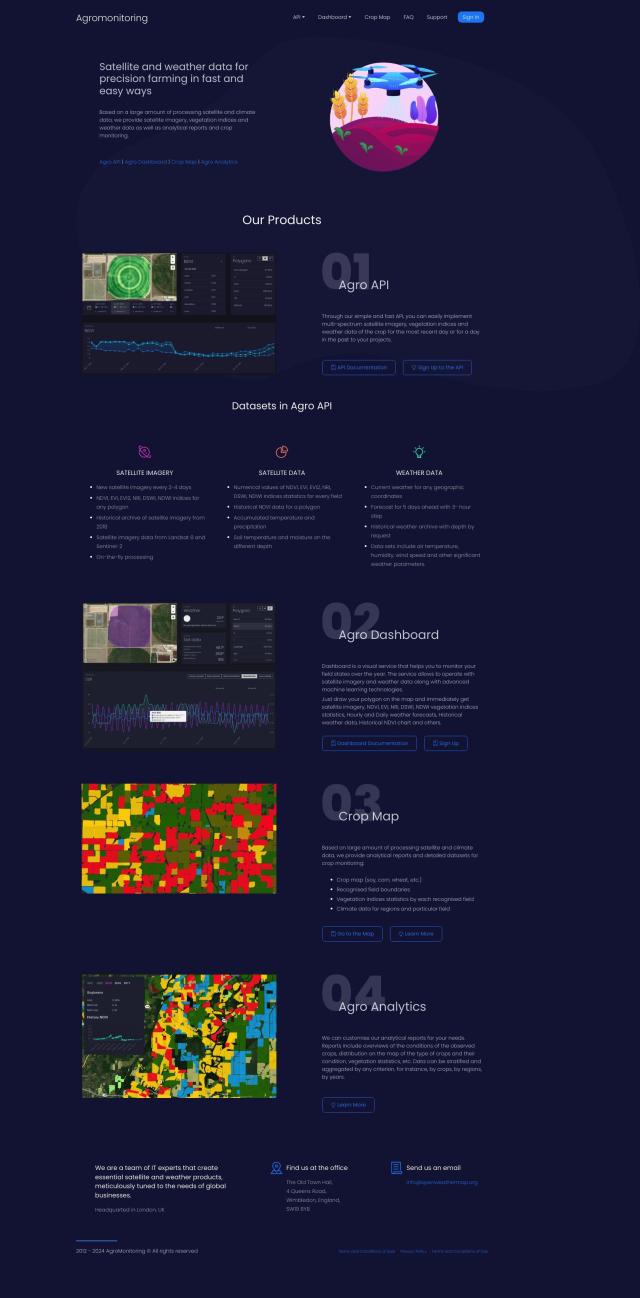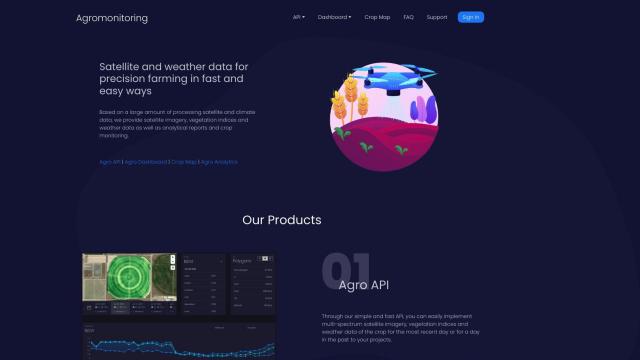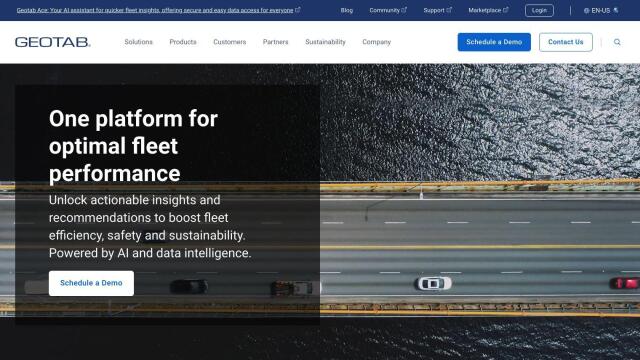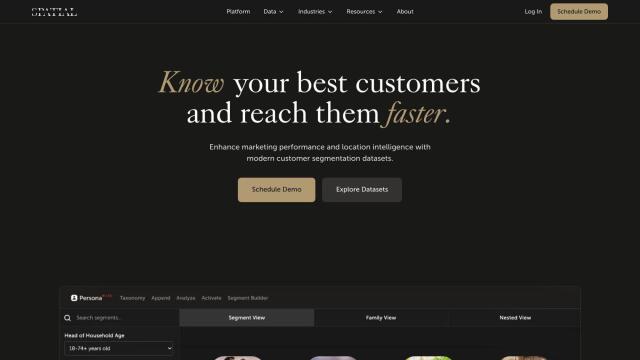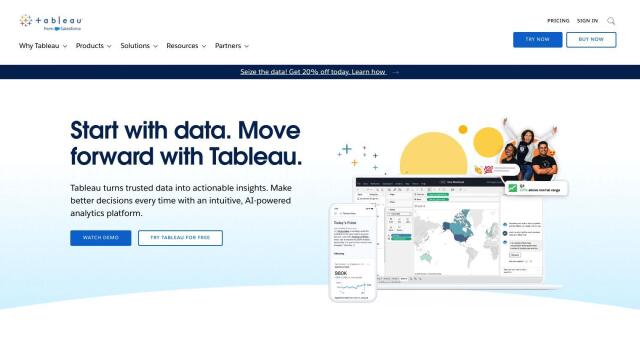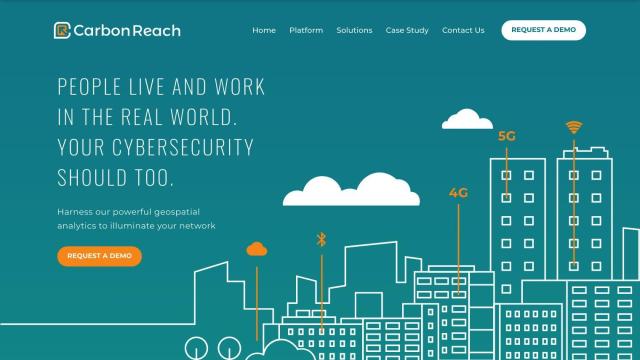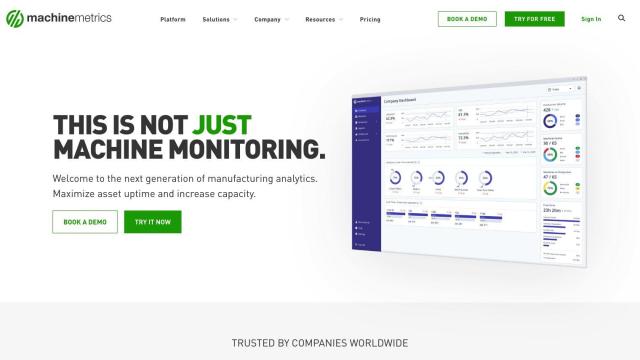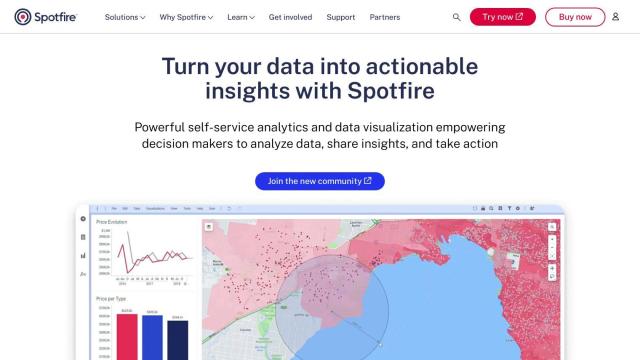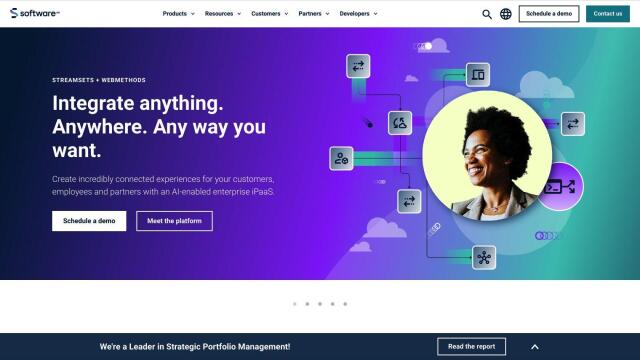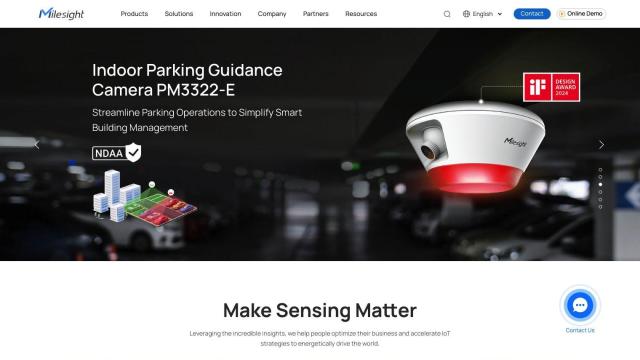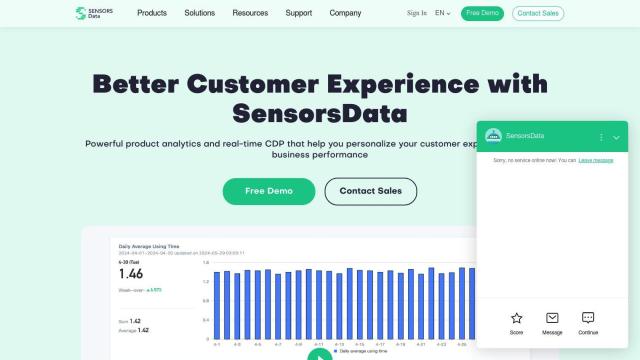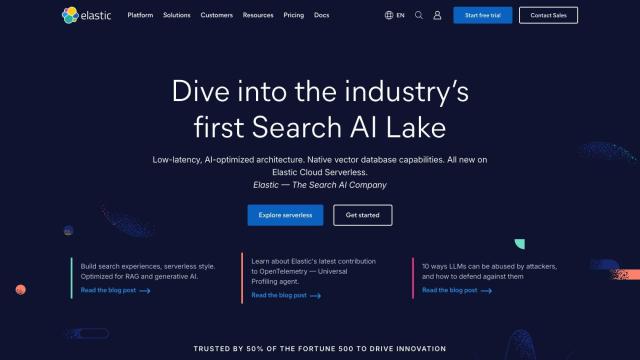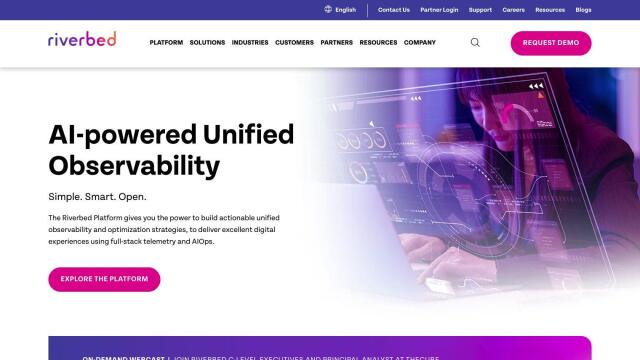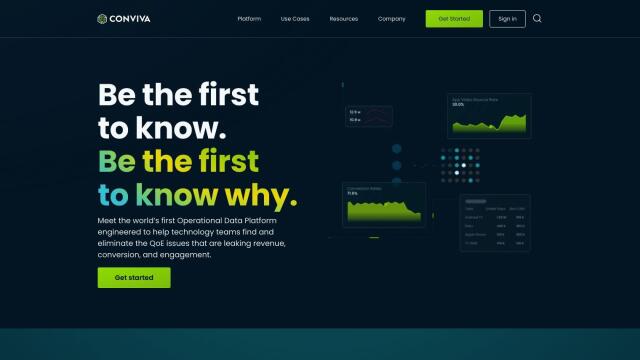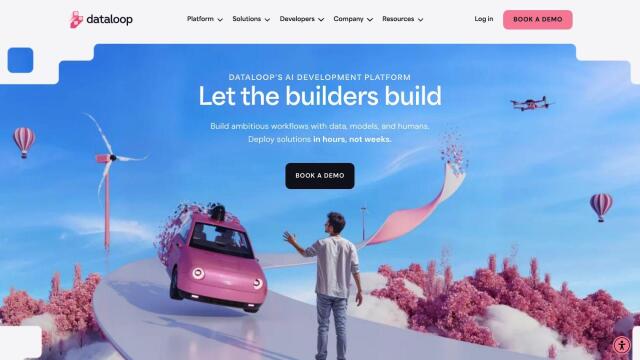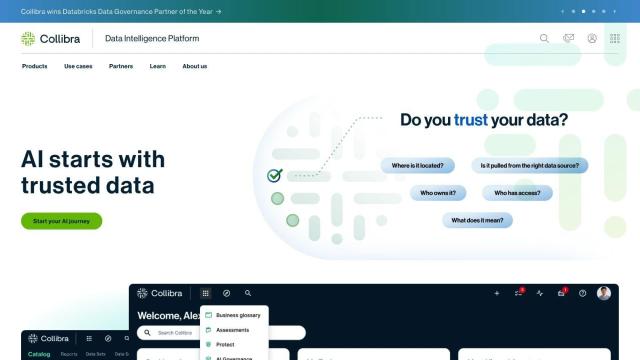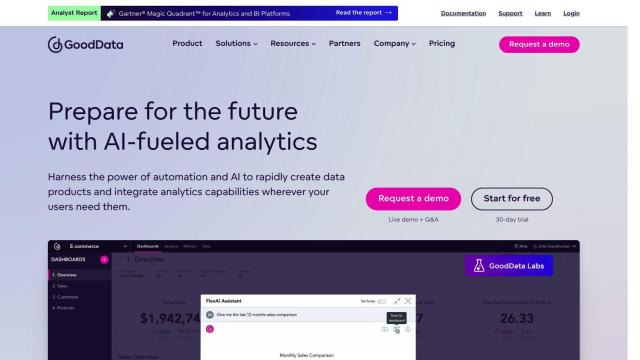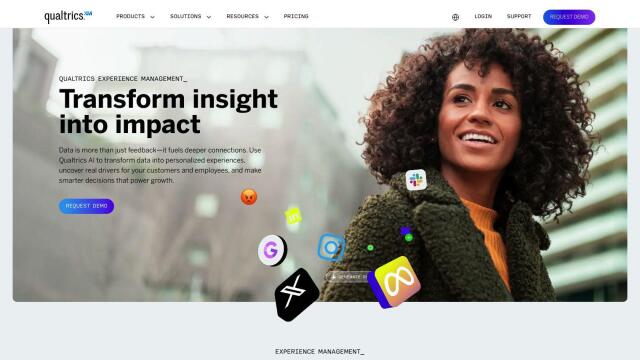Question: How can I collect and analyze environmental data from my devices to improve business outcomes?


Lantronix
For gathering and analyzing environmental data to drive business results, Lantronix has an IoT platform for gathering data, sending it over networks, processing it, analyzing it and presenting it graphically. The company's technology spans several industries, including transportation, smart cities and health care. Lantronix offers secure turnkey solutions and IoT gateways for wireless communications, and its tools can be used in a variety of combinations to support specific business needs. That makes it a good option for managing environmental data.
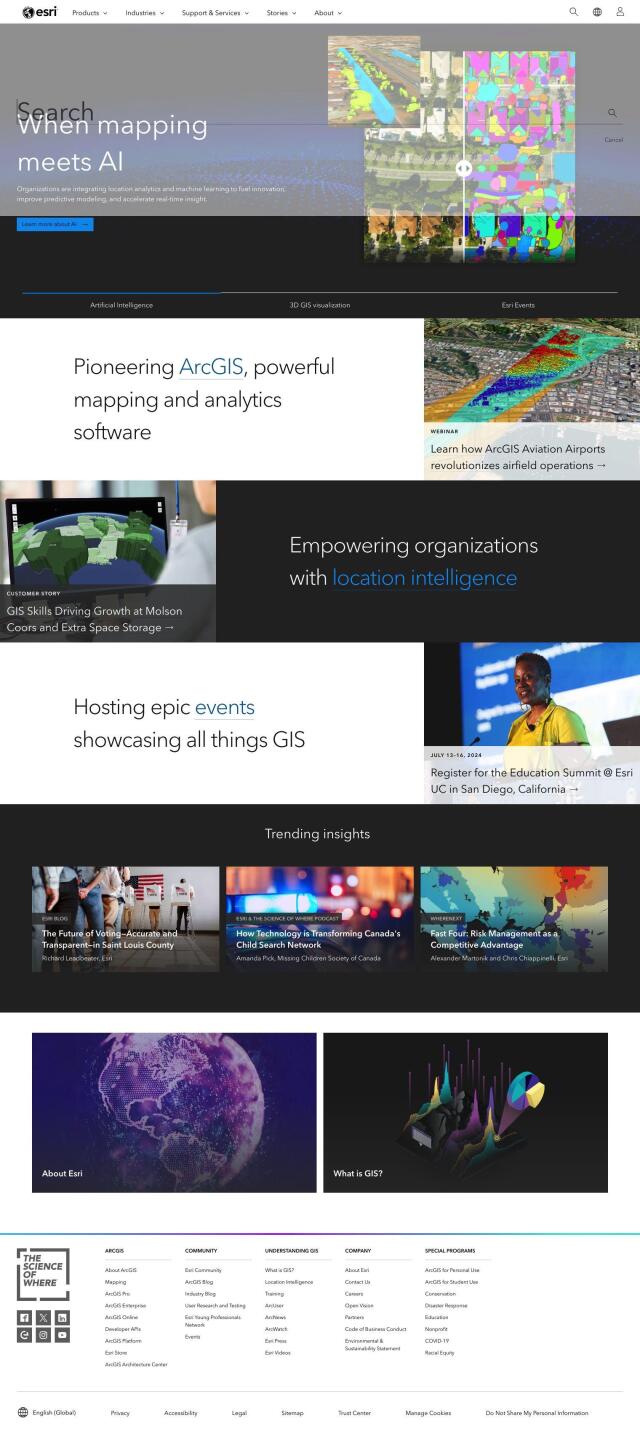
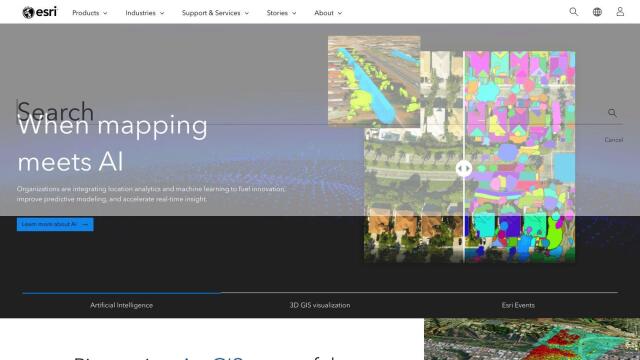
Esri
Esri is another powerful tool for analyzing environmental data. Its GIS mapping software and spatial analytics tools offer location intelligence and a competitive edge. The company's platform can handle 3D visualization, spatial analysis and real-time decision-making, and it's good for everything from planning infrastructure to monitoring the environment. It can be used in the cloud or on a company's own servers, and you can try it for free for 21 days. Esri is a good option for businesses that want to get more out of their environmental data.

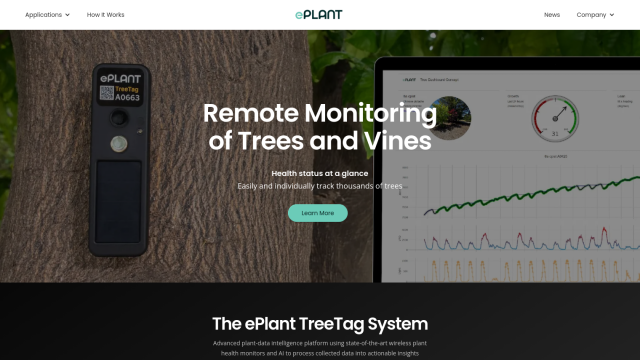
ePlant
If you're more interested in plant growth and environmental monitoring, ePlant has a system that uses wireless sensors and artificial intelligence to turn raw data into useful information. The system monitors tree health and stress, and it can track growth, temperature, light and humidity. It's good for precision agriculture and forestry, and it can help businesses make decisions and cut down on site visits by monitoring sensors and a data visualization portal.

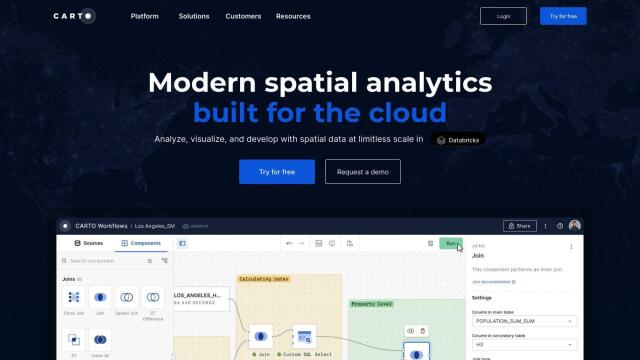
CARTO
Last, CARTO has a cloud-native location intelligence platform for analyzing and visualizing environmental data at large scale. It offers spatial data analysis tools on the major cloud computing platforms, including BigQuery and Snowflake. CARTO has an intuitive interface and built-in GenAI abilities, too, which makes it a good option for businesses that want to tap into spatial analytics to make better environmental decisions.

